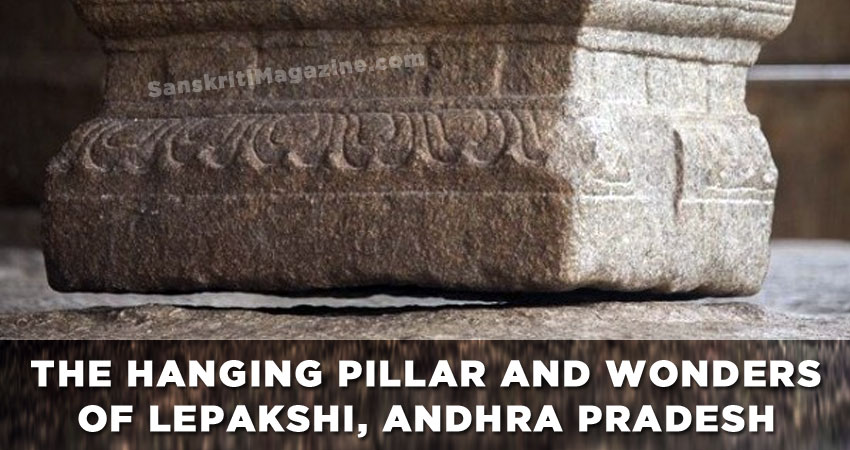The Ramayana states that the location of Rama’s birthplace is on the banks of the Sarayu river in the city of Ayodhya in Uttar Pradesh. There is a paucity of actual historical evidence to support the claim regarding the precise location. In 1528 the Mughal invader Babur built a mosque at the aforementioned site.
Many Muslim organisations have continued to express outrage at the destruction of the disputed structure. Since then, the matter is sub-judice and this political, historical and socio-religious debate over the history and location of the Babri Mosque, is known as the Ayodhya Debate.
The Austrian Jesuit Joseph Tieffenthaler wrote in 1768:
“Emperor Aurangzeb demolished the fortress called Ramcot, and erected on the same place a Mohammedan temple with three cupolas. Others believe that it was constructed by Babor. Tieffenthaler also writes that Hindus celebrated Ram Navami (Rama’s birth festival) in front of the mosque, and that the mosque was built on a temple. He wrote: “The reason is that here existed formerly a house in which Beschan (Vishnu) took birth in the form of Rama and where it is said his three brothers were also born. Subsequently Aurangzeb and some say Babur destroyed the place in order to prevent the heathens from practising their ceremonies. However, they have continued to practice their religious ceremonies in both the places knowing this to have been the birth place of Rama by going around it three times and prostrating on the ground.”
Shykh Muhammad Azamat Ali Kakorawi Nami (1811–1893) wrote:
‘According to old records, it has been a rule with the Muslim rulers from the first to build mosques, monasteries, and inns, spread Islam, and put (a stop to) non-Islamic practices, wherever they found prominence (of kufr). Accordingly, even as they cleared up Mathura, Bindraban, etc., from the rubbish of non-Islamic practices, the Babari mosque was built up in 923(?) A.H. under the patronage of Sayyid Musa Ashiqan in the Janmasthan temple in Faizabad-Avadh, which was a great place of (worship) and capital of Rama’s father’ (p. 9). ‘Among the Hindus it was known as Sita ki Rasoi’ (p. 10).
Zak Kakorawi, in his publication of the work of Shykh Azamat Ali Kakorawi Nami, also includes an excerpt written by Mirza Rajab Ali Beg Surur. Mirza Rajab Ali Beg Surur (1787–1867) wrote in Fasanah-i Ibrat that ‘a great mosque was built on the spot where Sita ki Rasoi is situated. During the regime of Babar, The mosque was built in 923(?) A.H. under the patronage of Sayyid Mir Ashiqan… Aurangzeb built a mosque on the Hanuman Garhi… The Bairagis raised the mosque and erected a temple in its place. Then idols began to be worshipped openly in the Babari mosque where the Sita ki Rasoi is situated,’ (pp. 71–72).
A. Führer wrote: ‘Mir Khan built a masjid in A.H. 930 during the reign of Babur, which still bears his name. This old temple must have been a fine one, for many of its columns have been utilised by the Musalmans in the construction of Babur’s Masjid.
H.R. Neville wrote that the Janmasthan temple “was destroyed by Babur and replaced by a mosque.” He also wrote “The Janmasthan was in Ramkot and marked the birthplace of Rama. In 1528 A.D. Babur came to Ayodhya and halted here for a week. He destroyed the ancient temple and on its site built a mosque, still known as Babur’s mosque. The materials of the old structure [i.e., the temple] were largely employed, and many of the columns were in good preservation.”
The British merchant William Finch, who travelled in India during AD 1608–11, recorded a detailed description of Ayodhya and the castle of Ramchand (Ramkot), “extensive enough to undertake a search for gold.”
The book Muruqqa-i Khusrawi by Sheikh Mohammed Azamat Ali Nami, published by Zaki Kakorawi with the financial aid of the F.A. Ahmad Memorial Committee, has a chapter describing the destruction of the Ram Janmabhoomi censored out. Zaki Kakorawi later published the relevant chapter independently. He wrote about this incident that the ‘suppression of any part of any old composition or compilation like this can create difficulties and misunderstandings for future historians and researchers’.
On 30 September 2010, Allahabad High Court ruled that the 2,400 square feet (220 m2) disputed land in Ayodhya, on which the Babri Masjid stood before it was demolished on 6 December 1992, will be divided into three parts: the site of the Ramlala idol to Lord Ram, Sunni Wakf Board gets one third and Nirmohi Akhara gets Sita Rasoi and Ram Chabutara.
There are already several petitions challenging the Allahabad High Court’s decision.










